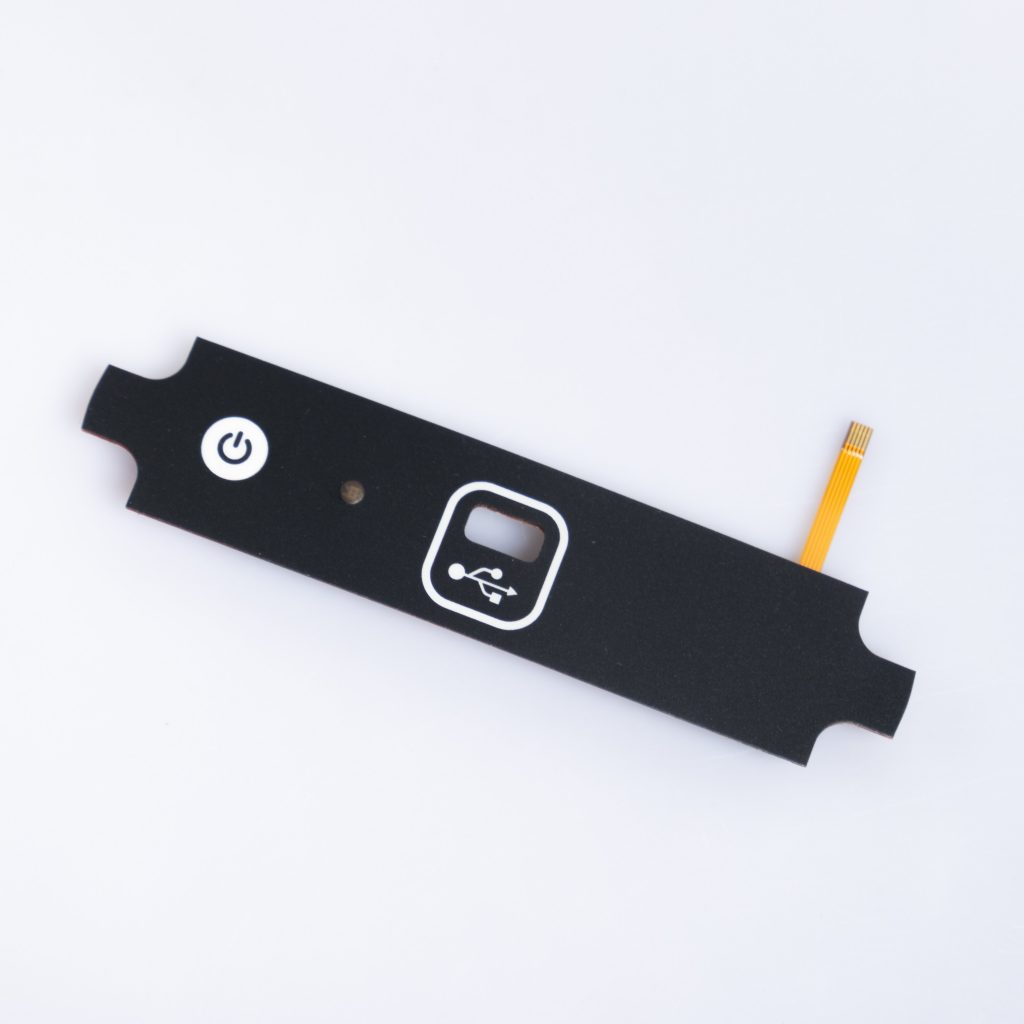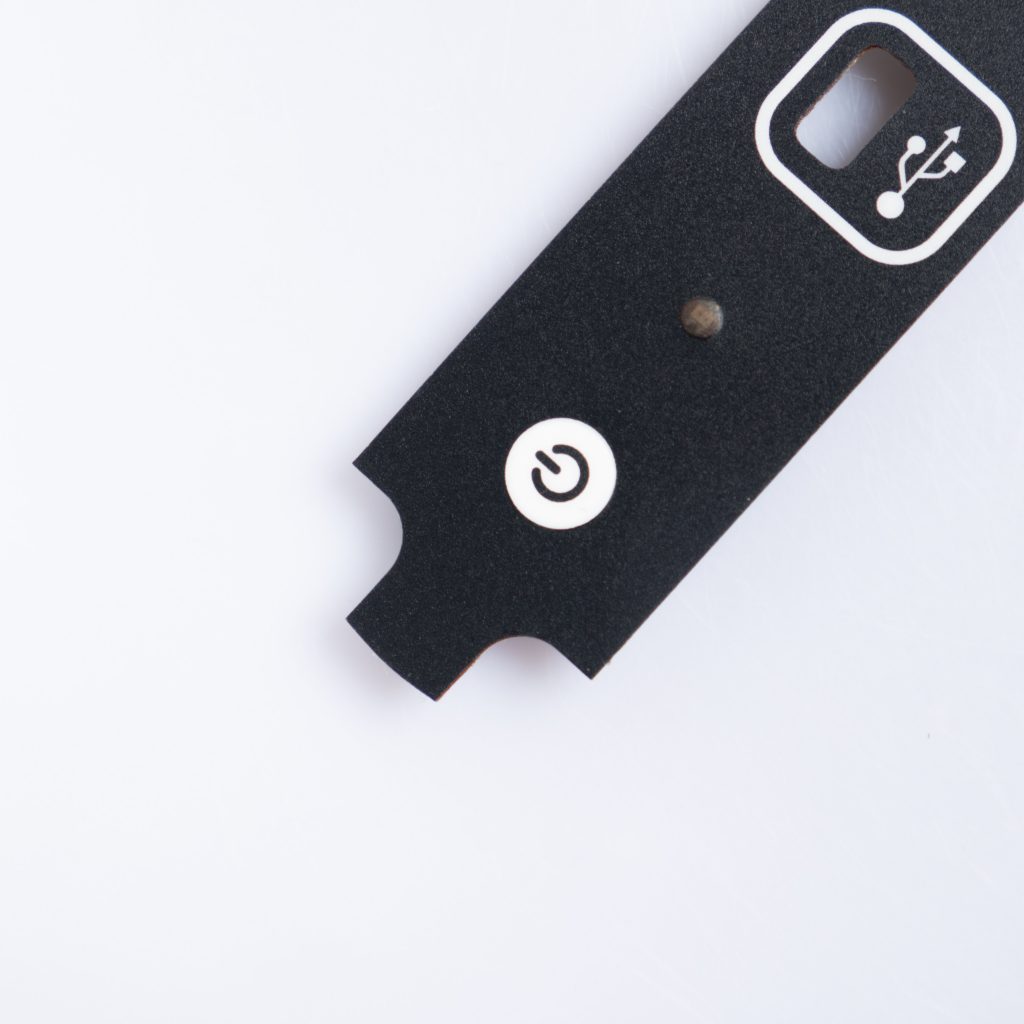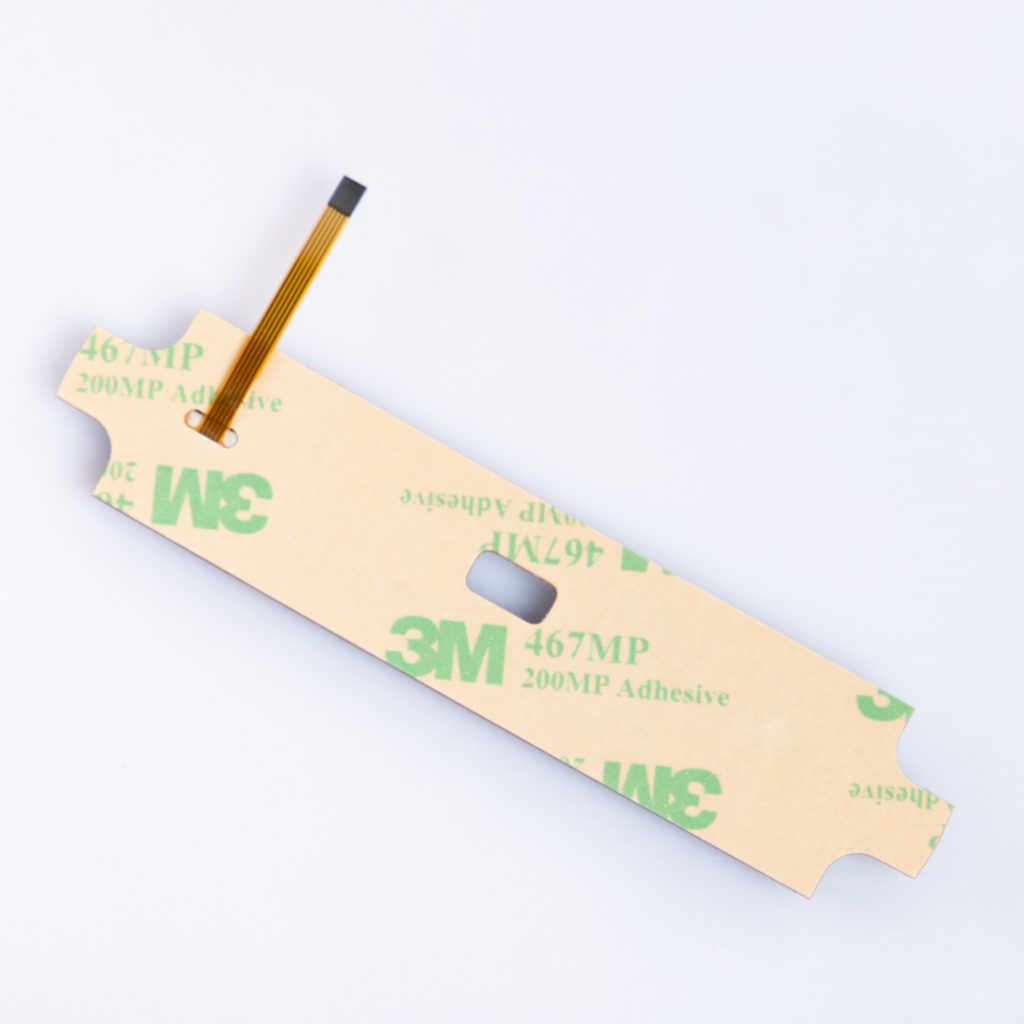Contact
Write to Us And We Would Be Happy to Advise You.
Do you have any questions, or would you like to speak directly with a representative?
By hqt
Choosing the right keypad for your application can be a daunting task, especially with the variety of options available on the market today. Whether you’re selecting a keypad for an industrial machine, a medical device, or a consumer product, making the right choice is crucial for both functionality and user satisfaction. This guide will walk you through the essential dos and don’ts when selecting a keypad, helping you make an informed decision that meets your needs.



One of the first things to consider when choosing a keypad is the environment in which it will be used. Will it be exposed to harsh conditions like moisture, dust, or extreme temperatures? If so, you’ll need a keypad that’s designed to withstand these elements, such as a ruggedized membrane keypad or a keypad with a protective coating.
The user interface is a critical aspect of any keypad. It’s important to select a keypad that offers an intuitive and user-friendly experience. Consider the layout, the size of the buttons, and the tactile feedback. A well-designed keypad should be easy to use, even for those who are unfamiliar with the device.
Durability is another key factor, especially if the keypad will be subjected to frequent use. Look for materials that are known for their longevity, such as polycarbonate or polyester overlays. Additionally, consider features like protective coatings that can enhance the durability of the keypad.
Before finalizing your keypad selection, ensure that it is fully compatible with your existing system or device. This includes checking the electrical characteristics, connector types, and any software or firmware requirements. Compatibility issues can lead to functionality problems and additional costs down the line.
Customization can make a significant difference in the performance and appearance of your keypad. Whether it’s custom colors, specific button layouts, or the integration of branding elements, choosing a manufacturer that offers customization options can help you get a keypad that perfectly suits your needs.
Testing a prototype is an essential step in the keypad selection process. A prototype allows you to evaluate the keypad’s performance in real-world conditions before committing to full-scale production. This can save you time and money by identifying potential issues early in the process.
The quality of your keypad is only as good as the supplier who makes it. Choose a supplier with a strong reputation for quality and reliability. Look for companies that have experience in your specific industry and can provide references or case studies to demonstrate their expertise.
Tactile feedback is a crucial element of a keypad’s usability. A keypad that doesn’t provide clear feedback can lead to user errors and frustration. Make sure that the keypad you choose offers the right level of tactile response for your application, whether it’s a soft touch or a more pronounced click.
While functionality is paramount, aesthetics should not be ignored. The appearance of your keypad can have a significant impact on the overall perception of your product. Consider how the keypad’s design, colors, and finishes will align with the overall look and feel of your device.
Depending on your industry, there may be specific compliance standards that your keypad must meet. For example, keypads used in medical devices often need to comply with strict hygiene and safety regulations. Ensure that the keypad you choose meets all relevant standards to avoid costly compliance issues later.
While it may be tempting to choose the cheapest option available, this can often lead to problems in the long run. Low-cost keypads may not offer the same level of durability, functionality, or customization options as higher-quality alternatives. It’s important to consider the overall value and long-term cost-effectiveness of your keypad choice.
Ergonomics is an often-overlooked factor in keypad design. A keypad that is uncomfortable to use can lead to user fatigue or even injury over time. Consider the ergonomics of the keypad, including button placement, pressure required to activate the keys, and overall ease of use.
Some keypads require more maintenance than others, depending on their design and the materials used. For example, keypads in high-traffic areas may need regular cleaning to prevent wear and tear. Make sure you understand the maintenance requirements of your chosen keypad and factor this into your decision.
Technology and user requirements evolve over time. When selecting a keypad, consider how your needs might change in the future. Choosing a keypad that can be easily updated or modified can save you from having to replace it prematurely.
Selecting the right keypad is a critical decision that can impact the functionality, durability, and user satisfaction of your product. By following these dos and don’ts, you can ensure that you choose a keypad that meets your needs, performs reliably, and provides a positive user experience. Whether you’re designing a keypad for an industrial control system, a medical device, or a consumer product, taking the time to make an informed decision will pay off in the long run.
What are the most important factors to consider when choosing a keypad?
Durability, tactile feedback, environmental suitability, and customization options are key factors to consider.
Can I customize the layout and design of a keypad?
Yes, many manufacturers offer customization options, including button layout, colors, and branding elements.
How do I ensure that a keypad is compatible with my device?
Check the electrical characteristics, connector types, and any specific software or firmware requirements to ensure compatibility.
What are the common mistakes to avoid when selecting a keypad?
Common mistakes include choosing based on price alone, overlooking tactile feedback, and neglecting future needs.
Is it necessary to test a keypad prototype before production?
Yes, testing a prototype is essential to ensure the keypad meets your performance and usability requirements before full-scale production.
Do you have any questions, or would you like to speak directly with a representative?